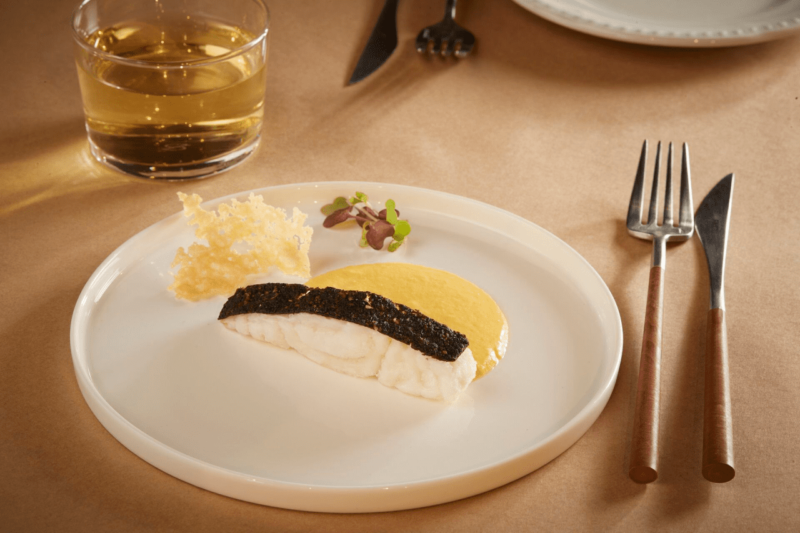Do you enjoy seafood?
Many of us do, and that's become a bit of a problem. Much of the fishing that we do around the world is unsustainable, meaning it can't keep happening at the rate that it is currently.
Simply put, we are catching too many fish for the ocean to replace, meaning many of our favourite fish will one day become extinct.
There are many ways to respond to this. One is to choose to only eat fish that is approved to be sustainably caught. After all, catching fish sustainably is something that has been practice for thousands of years (though there is a lot of disagreement about whether there is enough of this type of fishing to meet the demand of the world currently).
Another is to not eat fish at all. Vegetarians and vegans practice this, often with meats as well.
But over the past decade or so, a newer third option has been appearing. You can eat 3D-printed fish. It sounds like science fiction—something out of Star Trek, where devices called replicators can create a gumbo or a plate of sushi out of thin air.
But it is the real thing and it is happening now. And the people behind one version of it are saying that it could be the answer to all of our sustainability woes. And might even be healthier for us to eat?
How does it work?

As you can see in these fishcakes, the process replicates the flakiness of white fish. (Umami Meats/Steakholder Foods)
The first company behind these fillets is Umami Meats, a Singapore company that specializes in cultivating (growing) stem cells that are taken from live fish tissue. Once they have the stem cells isolated (separated), it takes about two weeks to grow them in chambers called bioreactors. Then, these stem cells spend about another week being turned into muscle and fat samples.
The second company, Steakholder Foods from Israel, uses the muscle and fat samples in high-tech 3D printers that are specially designed to 'print' food. They are able to not only design the shape and size of the fillet, but ways that the muscle and fat overlap. This allows the final product to take on a flaky and juicy texture that is nearly identical to real fish.
All that is left is to use the fillets as you would normal cuts of fish and cook them up. Saute, deep fry, bake, roast ... it is up to the chef!
What is the future?
Billions of fish are caught every year. (Getty Embed)
First off, it is an amazing feat of technology that we can do this. From the isolation of stem cells, to the growing of tissue in a lab, to the programming of a printable piece of 'fish', it is a miracle that we are able to do this.
But just because we can, does it mean that we should?
There are a few advantages to consider. Right off the top, you no longer need to fish so many fish! So far, Umami Meats is focusing on species that are endangered and a big part of the food industry, such as grouper, tuna, snapper, and eel. So humans can enjoy the flavours that they love, and fish can just be fish (or at least be caught in much smaller amounts that are truly sustainable).
Also, 3D-printed fish is free of pollutants such as mercury that are common in a lot of seafood. And once the technology gets 'cooking', this protein could be produced quite cheaply, allowing it to be more affordable than live fish.
That said, this is a new technology. Research into how we are affected by eating food grown this way is just getting started. This is why foods such as this aren't approved for restaurants yet. The earliest we will see them is likely some time in 2024.
Would you try a 3D-printed fish meal? We're pretty curious about it ourselves! Watch a report from Reuters below to see it in action.
 This fish fillet was printed, not caught. (Umami Meats/Steakholder Foods)
This fish fillet was printed, not caught. (Umami Meats/Steakholder Foods)









